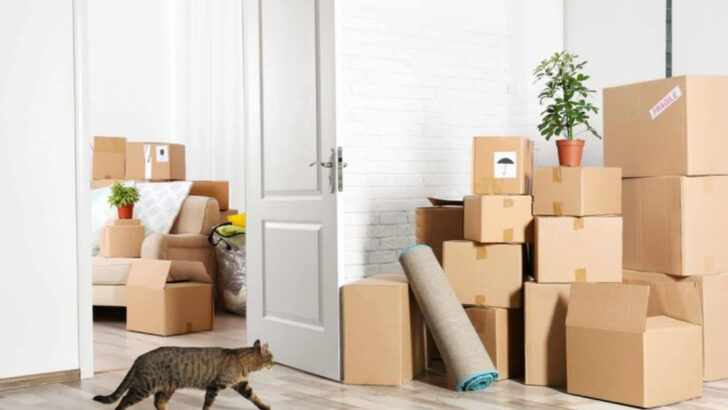Cats don’t do change.
To them, a new home isn’t a fresh start—it’s an alien invasion. Every scent is suspicious. Every corner could be a trap. And that comfy new couch? Just another soft place to panic.
So while you’re busy unpacking boxes and choosing where the plants go, your cat is secretly plotting a full-blown identity crisis. Don’t worry—it doesn’t have to be chaos.
With a little strategy and a lot of love, you can help your feline friend go from freaked out to fully at home.
Here are seven tips to make the move less scary and way more snuggly.
Create a Safe Space
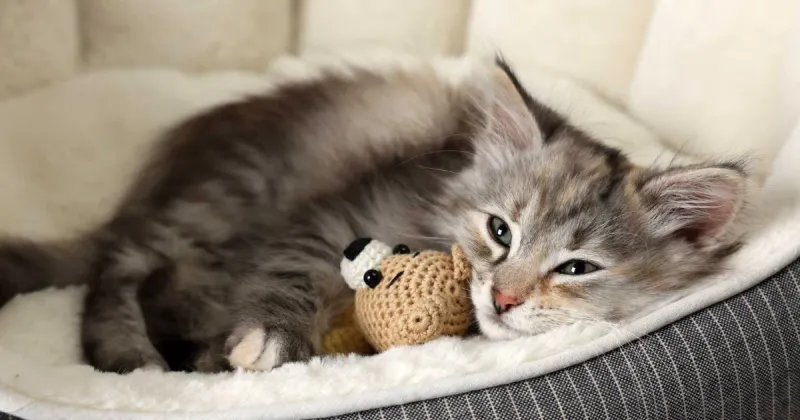
Provide your cat with a dedicated, quiet space where they can retreat and feel secure. This area should be furnished with their favorite toys, a comfortable bed, and maybe a scratching post.
Soft lighting and familiar smells, like a blanket from the old home, can make a huge difference. Allowing your cat to adjust to one room first helps them feel less overwhelmed.
Gradually, let them explore the rest of the house. This gives them the confidence to venture out at their own pace.
Maintain a Routine

Cats are creatures of habit, thriving on routine. Keeping feeding times, play sessions, and bedtime consistent helps create a sense of normalcy. Even in a new environment, familiarity in daily activities can be comforting.
If your cat is used to morning cuddles, make sure to continue this practice. Routine provides stability, helping them feel more in control and less anxious amidst the changes.
By sticking to a schedule, you’re reassuring your cat that while the surroundings may be new, their beloved rituals remain unchanged.
Introduce Slowly to New Areas
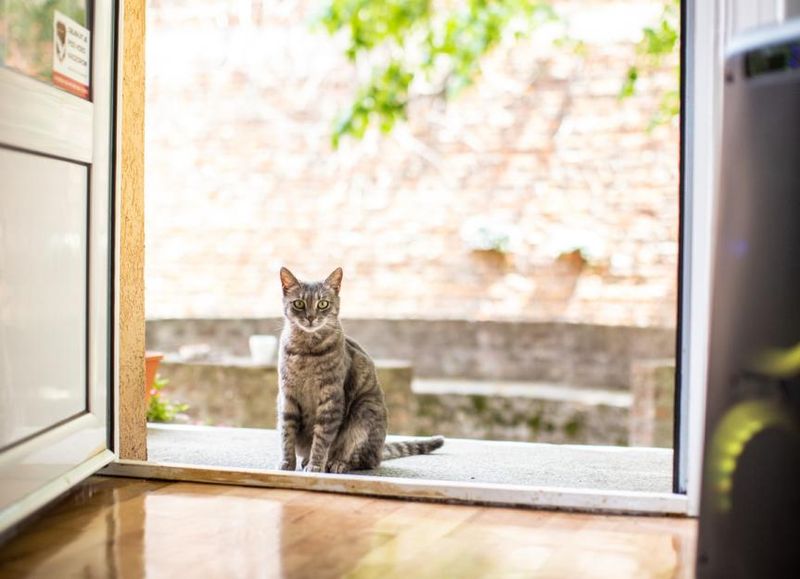
Gradual exposure is key when introducing your cat to new areas of the home. Start with one room and let them fully explore before moving on. Open doors to other rooms slowly, allowing your cat to investigate at their own pace.
This method reduces the risk of overwhelming your pet. Encourage exploration with treats and toys, making each new discovery a positive experience.
Patience is crucial; let your cat dictate the pace of their exploration, ensuring they feel secure and confident with every step they take.
Use Feliway or Similar Products
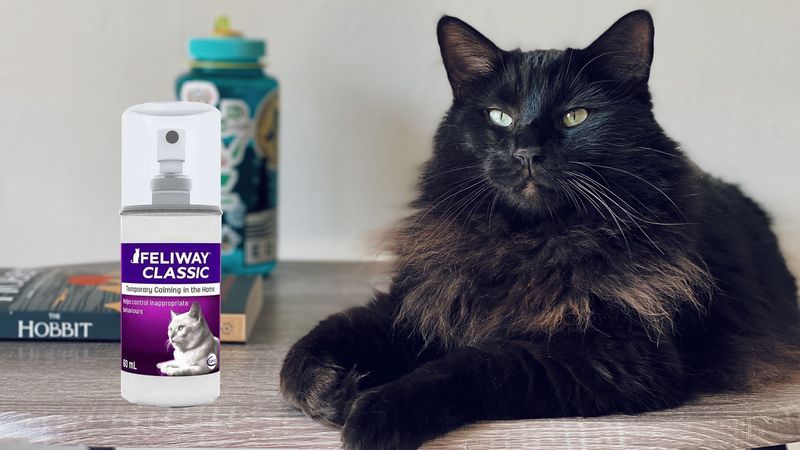
Feliway products mimic cat pheromones, creating a calming environment. Plugging a diffuser into a central location can help reduce stress and anxiety during the transition. These products are particularly useful in multi-cat households.
Consider using a spray on bedding or favorite resting spots. This enhances the feeling of safety and comfort, making the new home more inviting.
Many pet owners find these products effective in easing their cat’s adjustment to new surroundings, helping them settle with greater ease and confidence.
Interact and Play Often
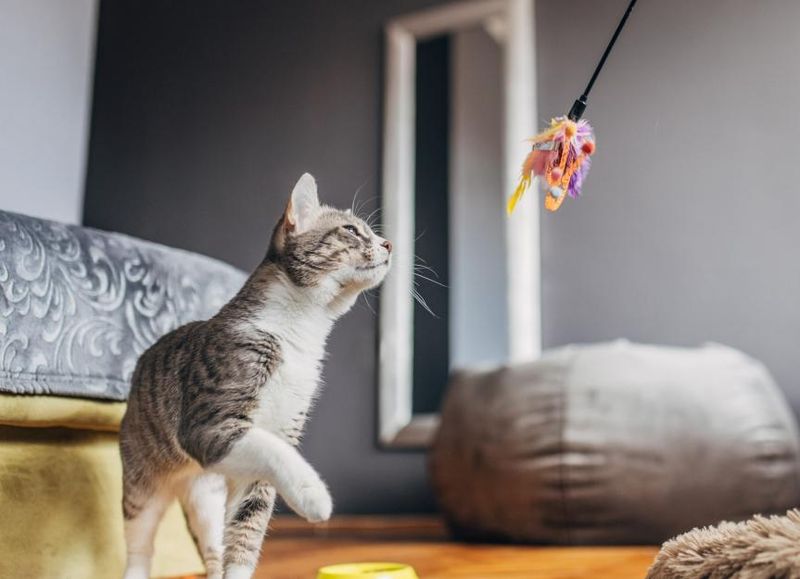
Spending quality time with your cat is essential in helping them adapt. Engage in daily play sessions to strengthen your bond and relieve stress. Toys like feather wands or laser pointers can provide mental stimulation and exercise.
In a new environment, your presence is a source of reassurance. Through play and affection, you communicate that they are safe and loved.
This interaction is not just about fun but also reinforces trust, making your cat feel more at ease in their new surroundings.
Monitor for Stress Signs
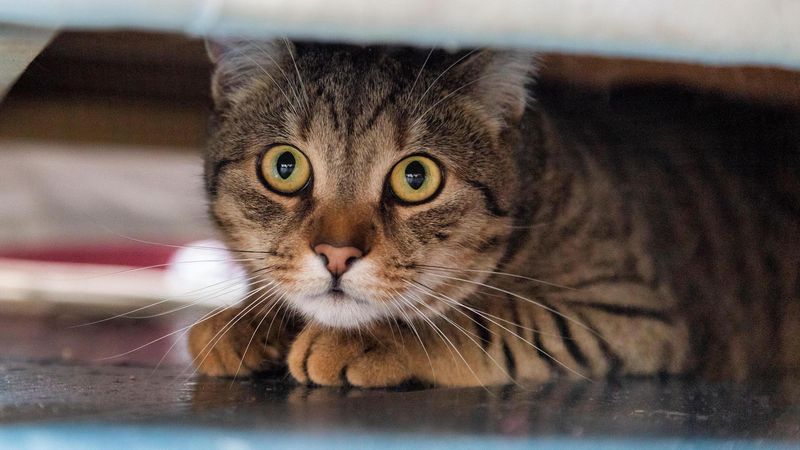
Be vigilant for signs of stress, such as hiding, reduced appetite, or excessive grooming. These behaviors indicate your cat may be struggling to adjust. If you notice such signs, spend extra time comforting them and providing a safe, quiet space.
Consult your veterinarian if stress persists. They can offer advice or recommend products to ease anxiety.
Understanding your cat’s behavior and responding promptly helps them feel more secure and supported during the transition to their new home.
Keep Familiar Items
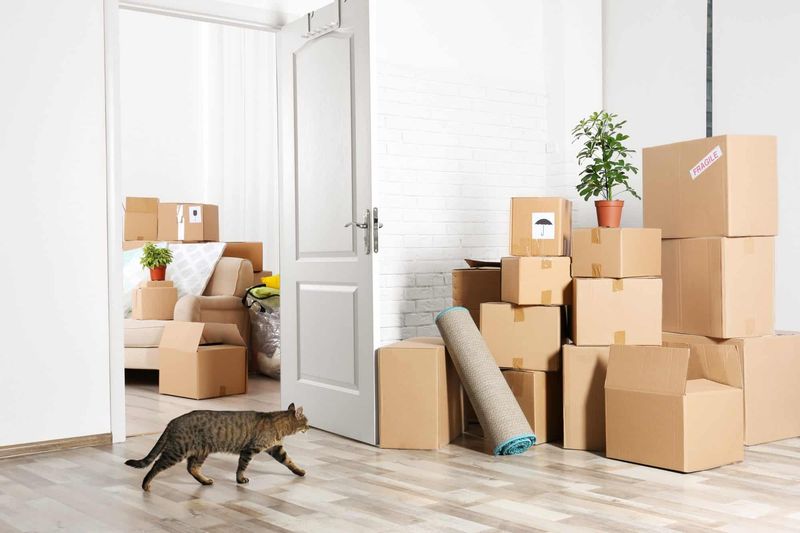
Familiar scents and items provide comfort. Bring along your cat’s favorite blanket, toys, and bedding from the old home. These items carry a scent your cat knows, offering reassurance.
Place these familiar items in their safe space to create a comforting environment. Over time, integrate them into other areas of the house as your cat becomes more confident.
Familiarity can ease anxiety and help your cat associate the new home with positive emotions, speeding up the adjustment process.
Encourage Exploration with Treat Trails
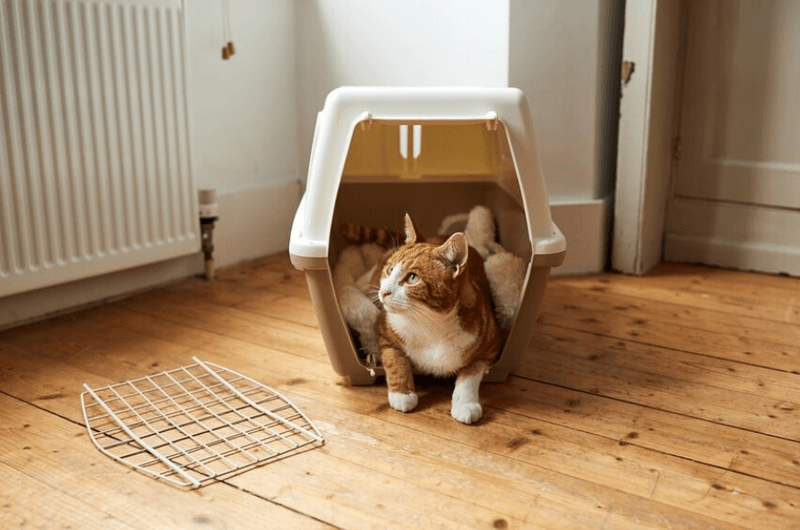
Laying a trail of treats is an intriguing way to encourage exploration. As your cat follows the trail, they’re rewarded for their bravery, making new spaces feel inviting and less intimidating.
This method turns exploration into a game, tapping into your cat’s natural curiosity. It’s a fun, engaging strategy to help them embrace their surroundings and discover the joy in their new home.
Maintain Consistent Feeding Schedule
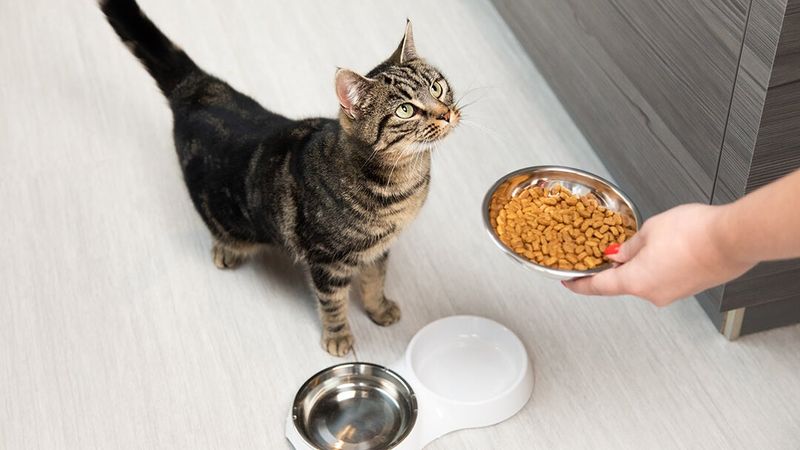
Cats thrive on routine, especially when it comes to food. Keeping their feeding times consistent helps them feel secure and grounded. This familiar element in an unfamiliar place can provide much-needed stability.
Pair their meals with gentle, reassuring touches or soothing words. This fosters a sense of normalcy amidst change, aiding in their emotional adjustment to the new surroundings.
Create a Calm Atmosphere
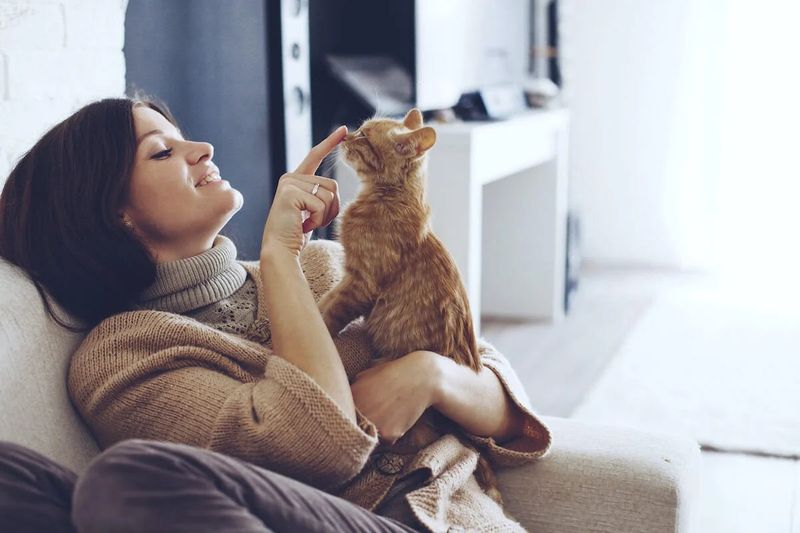
A quiet, serene environment can work wonders for a nervous cat. Consider playing soft music or using a white noise machine to mask potentially startling sounds. A tranquil atmosphere allows your cat to relax and gradually settle in.
Providing cozy spots with their favorite blankets also contributes to a sense of peace. The goal is to make their new home feel as safe and secure as possible.

